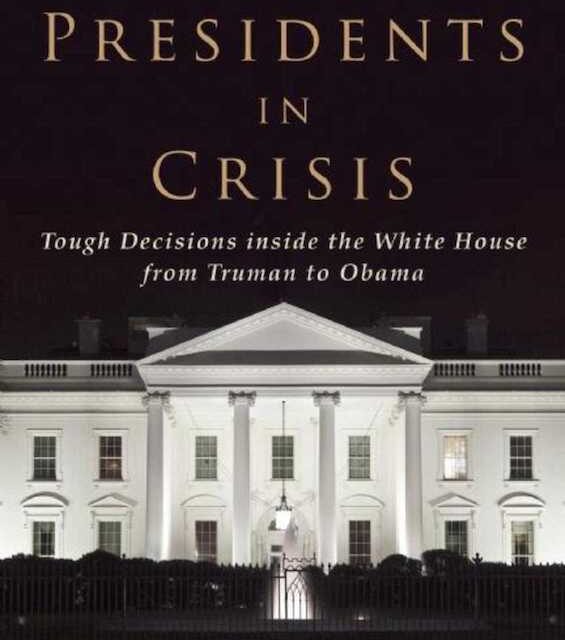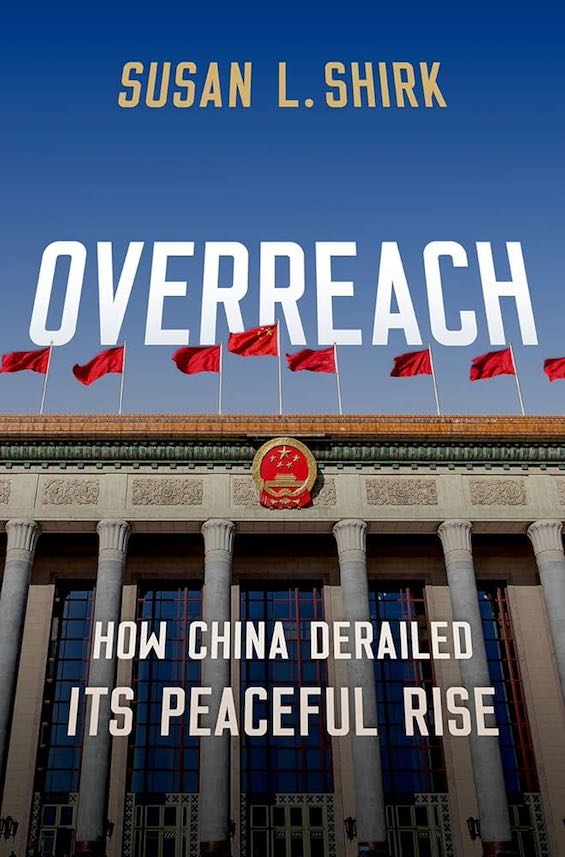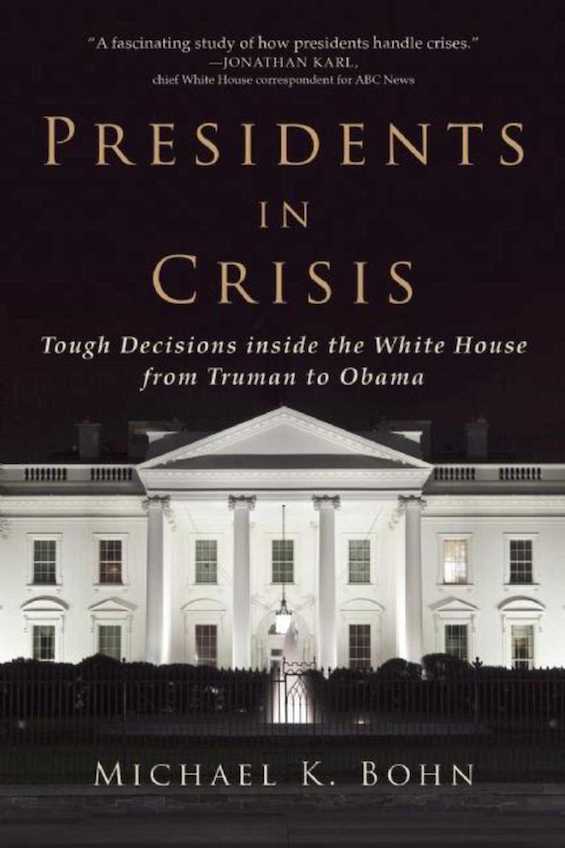
Estimated reading time: 6 minutes
Even in today’s multipolar world, the President of the United States is often referred to as the most powerful person on the planet. Understandably, then, the news media and politicians worldwide scrutinize his actions with ferocious attention to detail. And they double down during an international crisis. Presidential decision-making then often involves fraught consequences, both long-term and short. But few authors have studied those decisions and their consequences with as much success as the late Michael K. Bohn in his illuminating recent book, Presidents in Crisis.
Twelve Presidents, seventeen crises
Bohn, a career naval intelligence officer, served as Director of the White House Situation Room during the Reagan Administration. Several years and three published books later, he undertook this study of Presidential decision-making under twelve Presidents from Harry Truman to Barack Obama. (He finished writing the book before the election of 2016.) The seventeen events he analyzes in Presidents in Crisis encompass the most memorable—the Cuban Missile Crisis, Iranian hostage debacle, and 9/11—as well as a number that are primarily of interest to scholars and American history buffs. But all these crises help us understand better how our leaders grapple with the frequent events that threaten our national security.
Presidents in Crisis: Tough Decisions inside the White House from Truman to Obama by Michael K. Bohn (2015) 388 pages ★★★★★
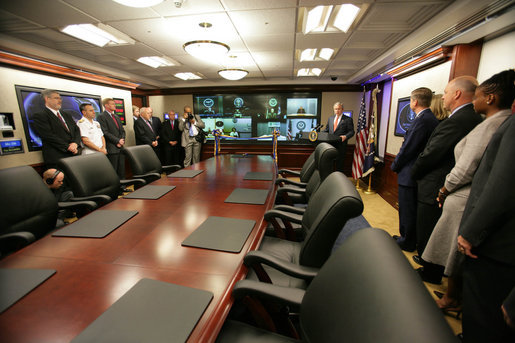
Two principal takeaways
Two themes stand out most clearly in Bohn’s survey:
Complicating events
Other events have often complicated a President’s response to a crisis—and made demands on his time. For example, during the two-week period in which the 1956 Suez Crisis unfolded, the Soviet Union crushed the Hungarian Uprising and the US Presidential election took place. While that may be the most dramatic example, it’s far from the only one. The Watergate investigations were moving into high gear when the 1973 Yom Kippur War broke out in the Mideast. And Al-Qaeda bombed the US Embassies in Kenya and Tanzania while President Clinton was struggling with the Monica Lewinsky scandal. There are several other good examples.
Resolute action
“Americans rarely see forceful action used effectively in crises,” Bohn writes. “In the seventeen incidents I have analyzed in this study, only one president successfully resolved a crisis with bold and decisive action, and some critics want to put an asterisk on the file. A few strong reactions backfired, and others created a messy long-term situation afterward.” And we don’t need to look only to the wars in Iraq and Afghanistan to illustrate how bold action led to grief. Bohn regards Dwight Eisenhower’s aggressive response to the Suez Crisis as another prime example. So is Bill Clinton’s decision in 1998 to attack Al-Qaeda sites in Sudan and Afghanistan with cruise missiles.
The author emphasizes instead the wisdom of “muddling through.” This doesn’t mean “confused decision making or foolish dithering.” Muddling through, in the sense Bohn uses the term, “is an incremental crisis management process, one in which decision makers take a small step, judge its efficacy, and then act again. Setbacks will occur, but the process helps to avoid . . . [escalating] the situation into a catastrophe.” And the prime example of muddling through used successfully by an American President was John F. Kennedy’s conduct during the Cuban Missile Crisis.
Other takeaways
Bohn points to “enormous amounts of partisan and ill-informed second-guessing from the sidelines by critics of a sitting president during a crisis.” With few exceptions, contemporary outsiders almost always got things wrong when they tried to analyze a President’s actions during a crisis. And it’s clear from Presidents in Crisis that every one of the twelve men who are his subjects made mistakes. In fact, only two stand out as most definitively successful: Kennedy in 1962 and Lyndon Johnson in 1968. (Then, Johnson negotiated the release of the 83 men of the USS Pueblo from North Korea.) But even they made mistakes along the way, in Bohn’s estimation.
Overall, Presidents in Crisis is remarkably even-handed. Not a shred of partisan bias enters this story—and that in itself is remarkable, given the deep divide between Right and Left in American society today.
About the author
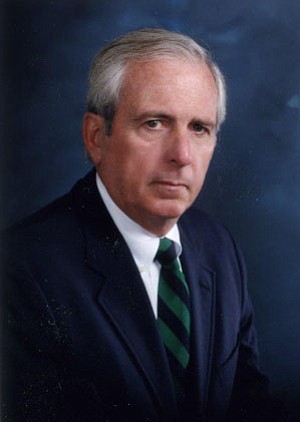
Michael K. Bohn‘s (1943-2023) biography on Amazon notes the following: “A career naval intelligence officer from 1969 to 1988, Bohn served aboard ships and intelligence centers, including a tour in South Vietnam. He was a military social aide to President Nixon and ran the White House Situation Room for President Reagan. He sent a twice-daily summary of world events to Reagan and senior White House staff members and provided crisis management support during dozens of international dust-ups during Reagan’s second term.” He is the author of five books, three of which are about crisis management in the White House.
For related reading
I’ve reviewed many other books about national security and American foreign affairs, including 5 top nonfiction books about national security and 15 good recent books about American foreign policy.
I’ve also reviewed two other books that bring other perspectives to bear on Presidential decision-making: National Security and Double Government by Michael J. Glennon (Who makes national security decisions? Not the President!) and The Buck Stops Here: The 28 Toughest Presidential Decisions and How They Changed History by Thomas J. Craughwell and Edwin Kiester, Jr. (Assessing the most fateful Presidential decisions).
You might also care to check out:
- Top 20 popular books for understanding American history
- Top 10 nonfiction books about politics
- Gaining a global perspective on the world around us
And you can always find my most popular reviews, and the most recent ones, on the Home Page.

